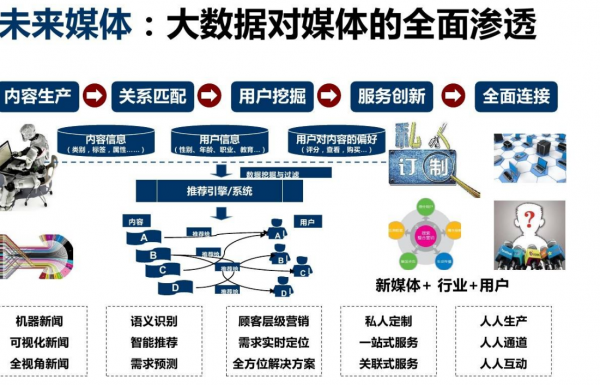Microsoft Excel 2016

Microsoft Excel Course Singapore
Microsoft Excel Course in Singapore that trains learners in the basic concept of spreadsheets and to demonstrate the ability to use a spreadsheet application.
Learners will understand and be able to accomplish tasks associated with developing, formatting, modifying and using a spreadsheet, in addition to using standard formulas and functions, and demonstrate competence in creating and formatting graphs or charts. Microsoft Excel 2016 will be used in this training.
On completion of this module each learner will be able to:
- Work with spreadsheets and save them in different file formats
- Choose built-in options such as the Help function within the application to enhance productivity
- Enter data into cells and use good practice in creating lists. Select, sort and copy, move and delete data
- Edit rows and columns in a worksheet. Copy, move, delete and appropriately rename worksheets
- Create mathematical and logical formulas using standard spreadsheet functions. Use good practice in formula creation and recognise error values in formulas
- Format numbers and text content in a spreadsheet
- Choose, create and format charts to communicate information meaningfully
- Adjust spreadsheet page settings and check and correct spreadsheet content before finally printing spreadsheets
Course Title
WSQ ICDL Microsoft Excel 2016 Basic
Course Objectives
On completion of this unit, the learner will have the knowledge and application skills in using a spreadsheet application. The skills include understanding fundamental spreadsheet concepts, designing a spreadsheet; and using basic functions within a spreadsheet.
Who Should Attend This Course
This course is intended for learners with little or no knowledge of using a spreadsheet application. For more advanced excel course, please visit the advanced Excel course
Certification
Participants who fulfil all requirements will be certified with a Statement of Attainment (SOA) issued by the SkillsFuture Singapore (SSG).
Assumed Skills
The learner must be able to:
- operate a Personal Computer, use keyboard and mouse
- read, write, speak and understand English (Work Place Literacy Level 4 – lower secondary level)
Visit this page for more Microsoft Office courses in Singapore.
COURSE FEATURES
- Course Reference NumberCRS-Q-0031175-ES
- Duration3 Days
- Mode of TrainingClassroom
COURSE PROVIDER
 Avantus Training Pte Ltd
Avantus Training Pte Ltd
Curriculum
USING THE APPLICATION
CELLS
MANAGING WORKSHEETS
FORMULAS AND FUNCTIONS
FORMATTING
CHARTS
PREPARE OUTPUTS
Full Sporeans 21 – 39 yrs old /
PRs 21 yrs old & aboveSporeans 40 yrs old & above
(MCES1)$610 $202.60 $88.60 Funding Validity Period
01 Jan 2019 to 05 Jun 2021
http://www.coursewsq.com/
Tables, also known as tables, are both a visual mode of communication and a means of organizing and organizing data.Forms are widely used in communications, scientific research and data analysis.Forms often appear in print media, handwritten records, computer software, architectural decorations, traffic signs, and many other places.The conventions and terms used to describe tables exactly change from context to context.In addition, different forms vary in type, structure, flexibility, notation, presentation, and usage.In various books and technical articles, tables are usually placed in floating areas with Numbers and titles to distinguish them from the body of the article.
The most commonly used form processing software in China is the free WPS office software produced by Kingsoft Software Company, which can facilitate the processing and analysis of daily data.
In life:
Form applied to various kinds of software, there are also form application form control [1], a typical like Office Word, Excel, form is one of the most common way of data processing, mainly used for input, output, display, data processing and printing, can make all kinds of complex form document, and can even help users sophisticated statistical calculations and chart display, etc.Table controls are also commonly used for rendering and editing data in a database, designing data entry interfaces, exchanging data (such as data with Excel), reporting data, and distributing data.For example, Spread,ComponentOne’s FlexGrid.
